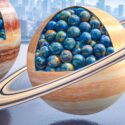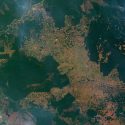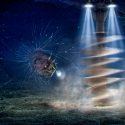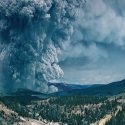Imagine taking a trip to the outer reaches of our Solar System, to a place few have ever seen up close. Uranus, the icy giant, is a world of extremes, violent, cold, and unlike any other planet you have encountered. A mission to spend just five seconds on Uranus might sound exciting, but the reality is far from the serene blue sphere you might picture.
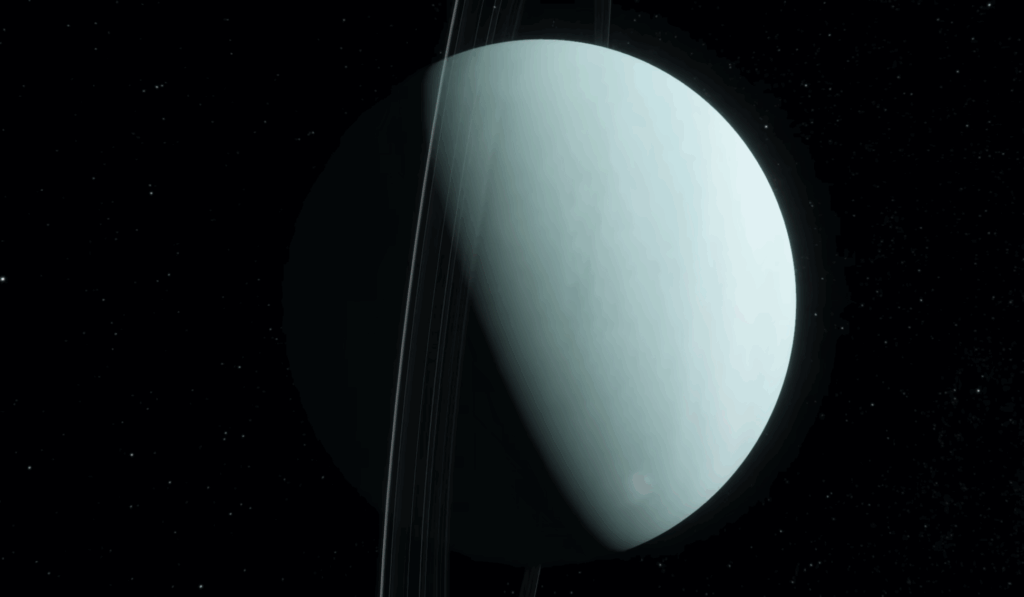
The Long Journey
Reaching Uranus is a challenge in itself. A spacecraft would take around ten years to make the journey, cruising past Jupiter and Saturn along the way. You would need to prepare for the long haul, stocking up on food, fuel, and supplies for a journey that, in practical terms, is essentially one way. The planet may be beautiful from afar, but getting there safely is just the beginning.
An Ice Giant Unlike Any Other
Uranus is not a rocky planet like Earth. Instead, it is an ice giant, similar to Neptune, with a small icy core surrounded by a thick layer of gases. Unique in the Solar System, it spins on its side, completing one rotation in just seventeen Earth hours. Unlike any other world, this sideways spin contributes to extreme seasonal variations and unusual atmospheric patterns.
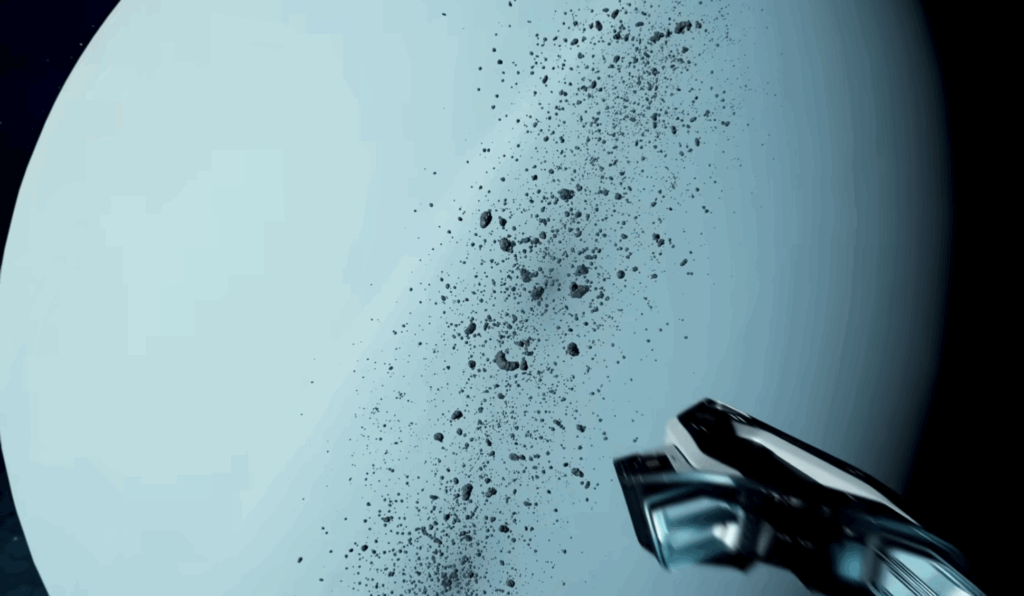
Approaching Uranus, travelers would have to navigate its thirteen rings. Unlike the magnificent rings of Saturn, Uranus’s rings are narrow, dark, and dusty. The outer rings are bright and visible, but maneuvering through them would require precise navigation to avoid potential hazards.
A Planet Without a Surface
Once you arrive, it quickly becomes clear that Uranus has no solid surface to land on. The planet is essentially a swirling mass of compressed gases encasing its small core. Its calming blue color hides a deadly environment. The upper atmosphere contains hydrogen sulfide, a compound that is not only extremely toxic but also gives the planet a strong, unpleasant odor. Inhaling even a small amount would be fatal.
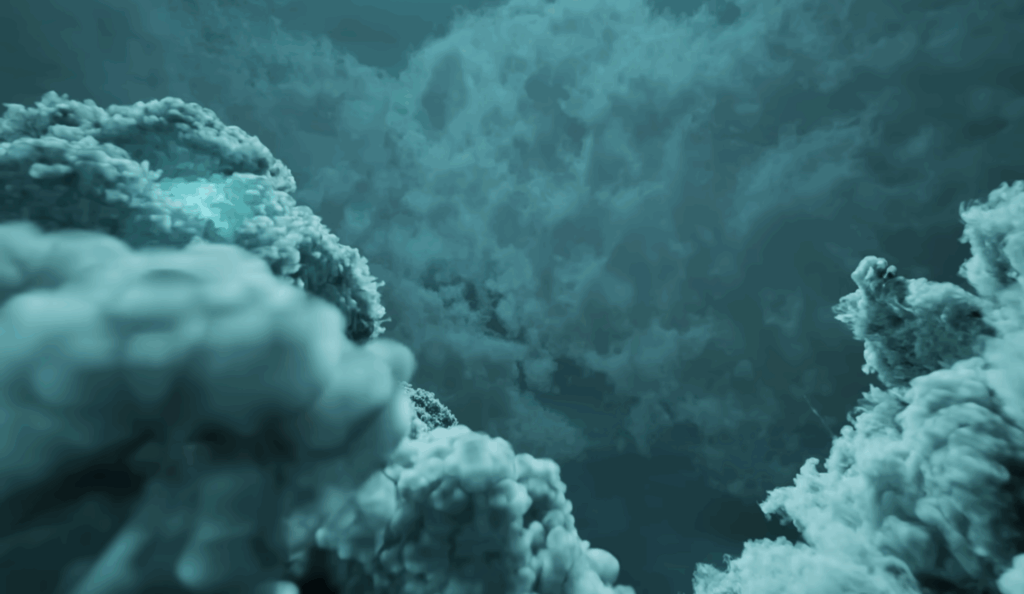
Beneath the upper clouds, the atmosphere is a dense mixture of hydrogen, helium, and methane. Methane is responsible for the planet’s blue green hue because it absorbs red light. As you descend, the air would become so thick that moving through it feels more like swimming than falling.
Extreme Cold and Diamond Rain
Temperatures on Uranus are staggering. The upper atmosphere plunges to around negative two hundred and twenty four degrees Celsius negative three hundred and seventy one degrees Fahrenheit. As you go deeper, it warms slightly, but you would still face negative one hundred and fifty three degrees Celsius negative two hundred and forty three degrees Fahrenheit near the lower atmosphere.
You would also encounter diamond rain, formed as methane breaks down under immense pressure and crystallizes. Imagine being pelted by shards of diamond while trying to stay upright in an environment with nine hundred kilometers per hour winds, more than three times the force of a category five hurricane on Earth.
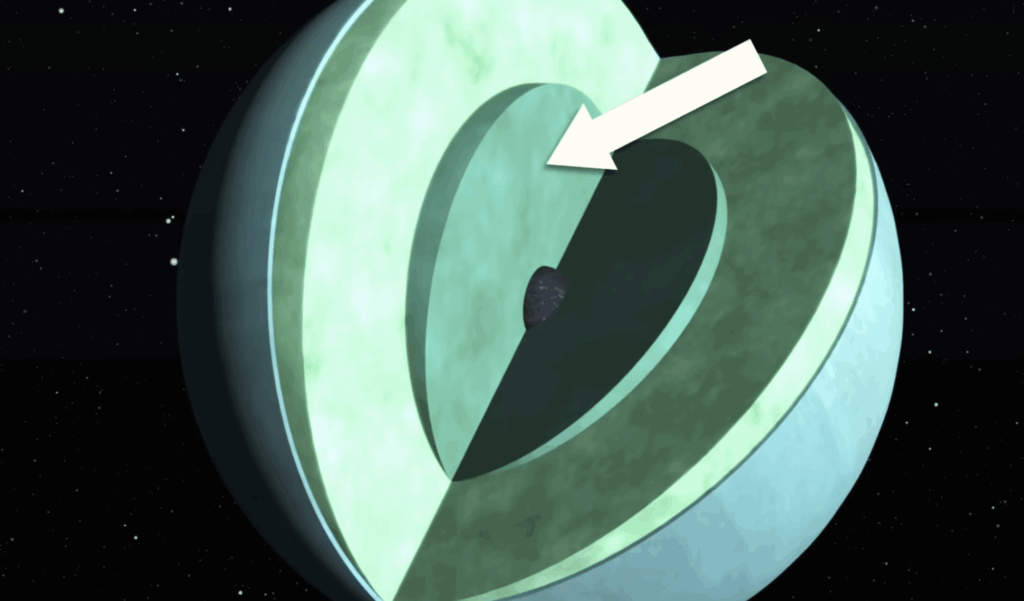
The atmospheric pressure near Uranus’s core is about one hundred times that at sea level on Earth. The further you descend, the more it would crush you, making survival impossible. Eventually, carbon based matter could theoretically be transformed into diamonds, sinking toward the core in a dramatic but fatal end.
A Harsh Reminder of Cosmic Reality
Uranus is a planet that defies comfort. Its toxic gases, extreme cold, crushing pressures, and violent winds make even a five second stay a life threatening challenge. While it is fascinating to imagine standing on another world, Uranus serves as a reminder that the Solar System is full of planets far more hostile than we ever imagined. For now, it remains a destination best admired from a safe distance.
In the vastness of space, there are countless other planets and moons that offer more hospitable conditions for exploration. Uranus may be one of the strangest worlds in our cosmic neighborhood, but it is a place humans are not meant to touch.











